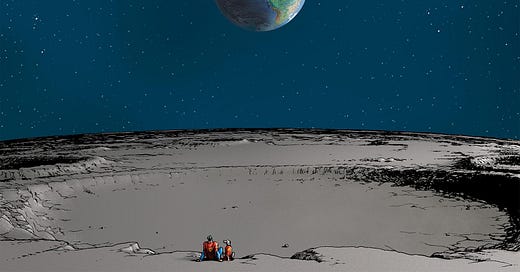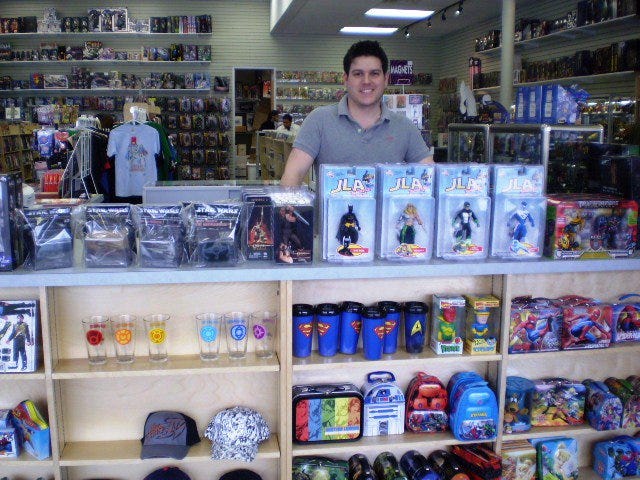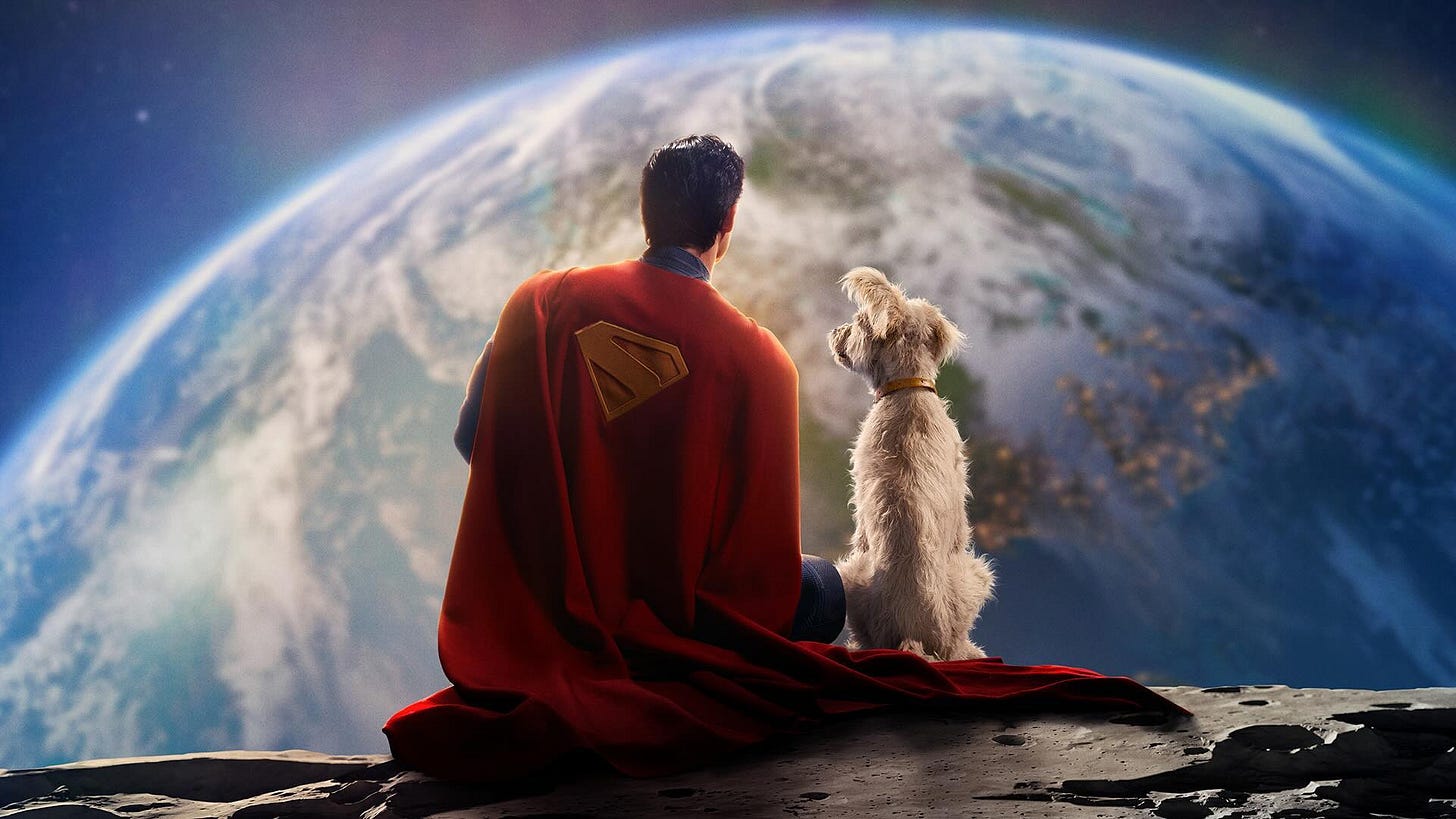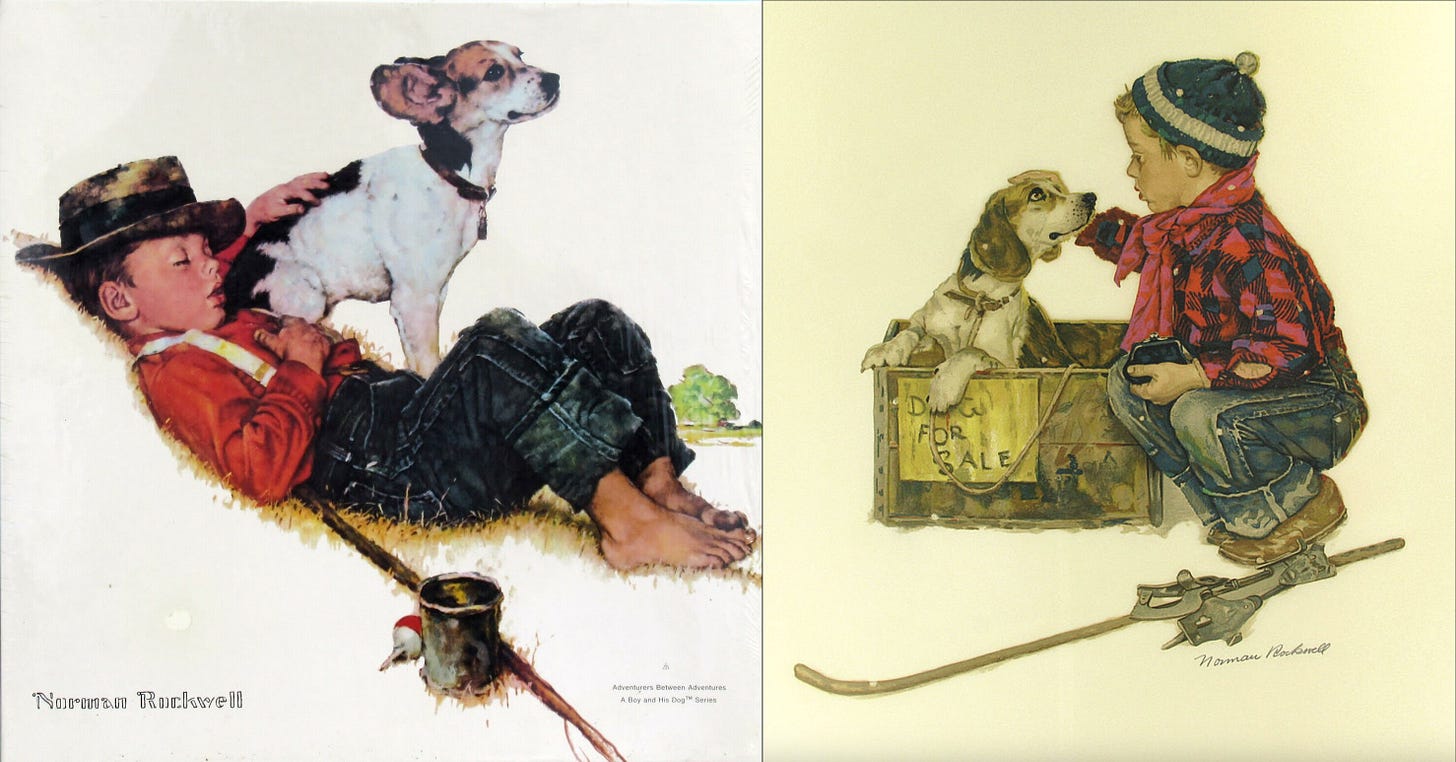I can’t believe this is already what the third newsletter is about, but sometimes something comes across your cultural news desk and you have to speak on it before it eats you up inside.
I’ve been a fan of comic books ever since I was a little kid. I’d go with my mom to the grocery store every week, and while she shopped I would post up at the magazine aisle, pick the comics I was going to buy, and read as many more comics as possible before she came to get me. When I got older, I started frequenting local specialty shops, then in 2007 I achieved a dream that my 13 year old self could hardly have imagined: I got a job as a Comic Book Guy at Bedrock City Comic Co. in Houston, TX.
The power of the trope
Working at the comic shop was the first time I became intimate with the ebb and flow of comic book storytelling. I’d been a regular reader before, of course, but having to follow the macro trends so I could sell these products gave me a much deeper understanding of how the sausage gets made in comics.
As a result, there is a part of me now that will never have as much fun with comics as I had when I was a kid. I imagine it’s like a magician watching someone pull off a card trick: There’s pride in engaging with this art form you care about so much, but it’s not like you’re bamboozled the way you were when you first fell in love. When you see the moves coming a mile away, it tends to kill some of the wonder.
Still, when executed well, the old genre storytelling tropes continue to have their power. It’s what keeps us coming back every month: the hope that this book, this crossover, this event, this movie will make us feel the way we did the first time we read Kingdom Come, or watched Batman: The Animated Series, or followed whatever significant storyline was happening when this mode of storytelling first captured your imagination.
There’s a visual shorthand to this
Earlier this month, James Gunn, the man in charge of DC Films and the writer/director of the upcoming Superman reboot, posted this photo to his social media:
The dog in this photo is Krypto the Super-Dog. Krypto was the baby Kal-El's pet on Krypton before it exploded. The story goes that Superman’s father, super-scientist Jor-El, knew that the planet was doomed and built a rocket in the hopes of evacuating his only begotten son to the safety of Earth. However, before he sent his baby off in a rocketship, Jor-El built a prototype and sent the family dog up to test it out (parent of the year, this guy). The rocket was mysteriously lost (I guess thank god Supes was just a baby and couldn’t be traumatized by this) until years later when it finally landed on Earth, where a now-adolescent Clark Kent discovered Krypto in suspended animation and adopted him.
And of course, since the dog is also Kryptonian, he has all of Superman’s powers.
According to Gunn, the impetus to include Krypto came from his own experience in rescuing his dog Ozu:
He immediately came in & destroyed our home, our shoes, our furniture - he even ate my laptop. It took a long time before he would even let us touch him. I remember thinking, “Gosh, how difficult would life be if Ozu had superpowers?” - and thus Krypto came into the script & changed the shape of the story as Ozu was changing my life.
Norman Rockwell and the American Way
The image of Superman sitting with Krypto is one that’s quite familiar to the Superman fan (see the panel it’s cribbing from at the top of this post), but it also borrows fairly directly from another American icon, Norman Rockwell.
Rockwell paintings are a visual shorthand for many things in the American psyche. He evokes the optimistic exceptionalism of post-war 20th century (white) Americana. There’s an idyllic confidence in one’s way of life, a feeling that everything is okay. In Rockwell’s America, there’s no hardship that can’t be overcome. The hardest battles have been fought and won, and now we get to relax in the simple splendor of the world we made for ourselves.
For better and for worse, Norman Rockwell is shorthand for the American Dream. So it’s a no-brainer that Superman absorbed that iconography somewhere along his 86-year journey to the present day.
Keeping my fingers crossed
There may not be a superhero more dependent on iconography than Superman. There’s a famous claim that you can visit an indigenous community anywhere in the world and present its people with an image of the cross and an image of Superman’s S-shield, and it’ll be 50/50 on which one they’ll recognize first. That’s probably not true at all, but it speaks to the indisputable fact that the character is a walking (well, flying) pop icon.
It’s no accident that James Gunn shared this particular image, evoking this specific piece of Superman iconography. It’s a clear declaration of intent for the story he’s interested in telling. It’s a promise to the fans of what to expect when you buy a ticket in 2025.
And when I look at this image, there is something deep inside my nerd heart that opens its eyes.
Maybe this time. Maybe this movie. Maybe I can feel the way I did when I was 10 years old, sitting in front of the spinner rack at the Randall’s in Houston, having my imagination ignited by the stories in a comic book.
Maybe I’m not too old to hope again.
Maybe it’s not too late.
Wednesday is the New Monday (well, for this week)
There is so much more I could say about the subject of comic book iconography. In fact, the reason this piece is a couple of days late is because I kept getting pulled down philosophical and historic rabbit holes. Don’t worry, though. I’ve saved all those digressions for future pieces.
For now, I hope you enjoyed this little post and I will talk to you again next week!
Interlude 1
I am sorry to say I’ve discovered no way to love that does not involve giving all that you are.







